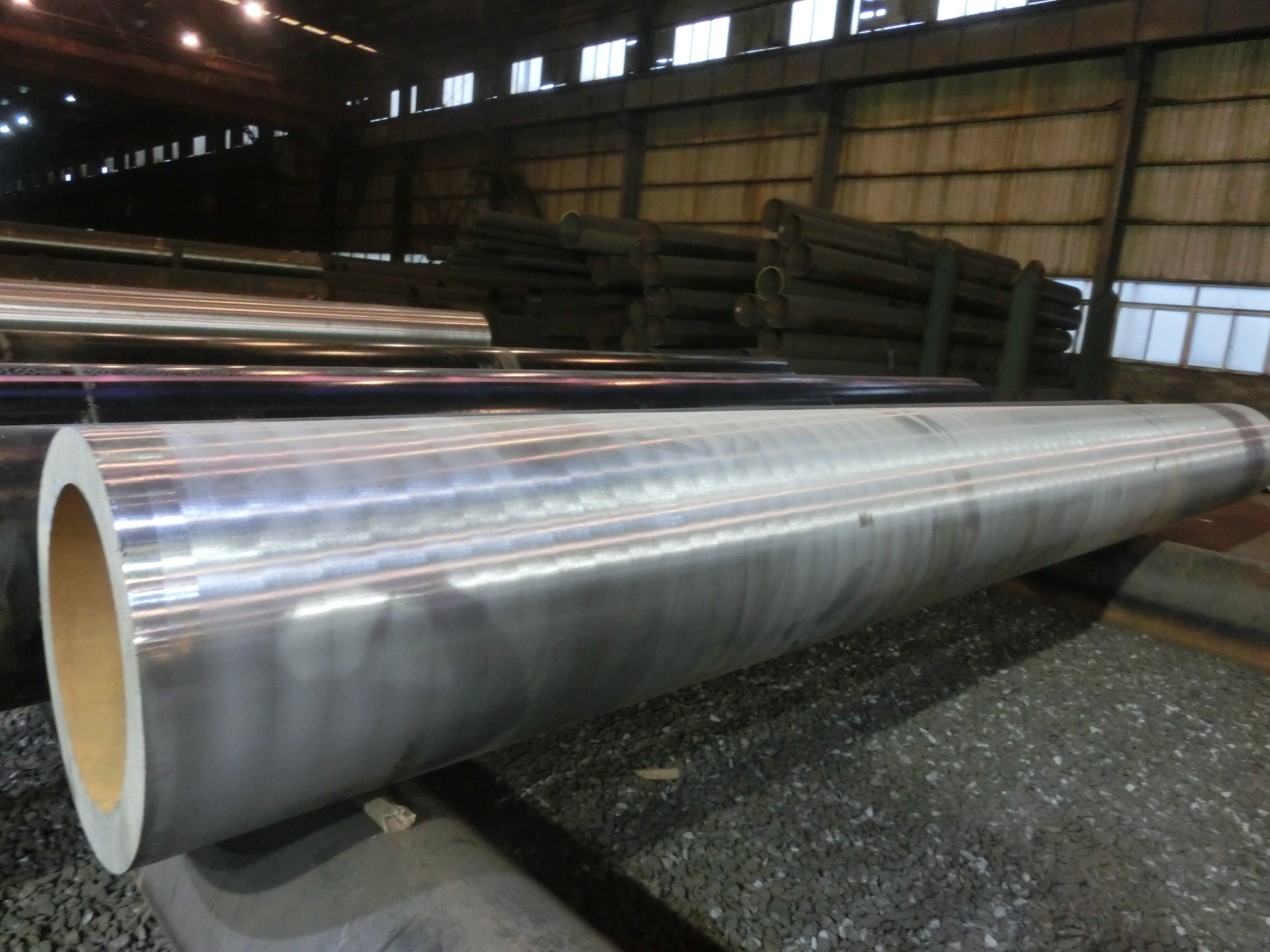Different sanitary wares need to be considered in order to create the most comfortable bathing experience. Xiaobian classifies and analyzes different sanitary wares. If you want to keep the youthful appearance of sanitary ware, then the installation steps are the premise. Knowing the detailed installation steps can help you reduce the subsequent trivial problems!
1. Washing basin installation and construction essentials:
(1) The washing basin product should be flat and non-destructive. The drain plug should have an overflow hole of not less than 8 mm in diameter.
(2) When the drain plug and the sink are connected, the overflow plug of the drain plug should be aligned with the overflow hole of the sink to ensure the smooth flow of the overflow. After the insert, the upper end of the drain plug should be lower than the bottom of the wash basin.
(3) The bracket fixing bolts can be galvanized bolts or galvanized metal expansion bolts of not less than 6mm (if the wall is porous brick, expansion bolts are strictly prohibited).
(4) After the washing basin is connected with the drain pipe, it should be firm and compact, and easy to disassemble. The joint should not be open. Silicone paste caulking is applied to the wash basin and wall contact.
(5) If the wash basin drain trap and faucet are plating products, the plating shall not be damaged during installation.
2. The installation essentials of the bathtub:
(1) When installing the skirting tub, the bottom of the skirt should be close to the ground. The floor should be reserved for 250~300mm holes in the drainage area to facilitate drainage installation. The inspection hole is installed in the wall of the bathtub drainage end.
(2) Other types of bathtubs can determine the height of the upper surface of the bathtub according to relevant standards or user requirements. Then install the tub after laying two brick foundations. For example, if the side wall of the bathtub is built, the inspection hole should be set at the drain of the bathtub or the inspection hole should be opened on the wall of the drainage end.
(3) The height of all kinds of bathtub cold, hot water taps or mixing faucets should be higher than the plane above the bathtub 150mm. The chrome plating should not be damaged during installation. The chrome cover should be in close contact with the wall.
(4) The height of the fixed shower and hose shower can be installed according to relevant standards or according to user requirements.
(5) The upper surface of the bathtub installation must be leveled with a horizontal ruler and must not be inclined. Apply a sealing paste to the side of the upper side of the bathtub and the wall.
(6) The connection between the bathtub drain and the drain pipe should be firm and compact, and it is easy to disassemble, and the joint should not be open.
3. Installation points of the toilet
1) The installation angle of the water supply pipe is generally 250mm from the ground to the center of the angle valve. If the installation of the one-piece toilet should be based on the height of the water inlet of the toilet, but not less than 100mm, the center of the angle valve of the water supply pipe is generally in the sewage pipe. 150mm to the left of the center or according to the actual size of the toilet.
2) Low water tank toilet The water tank is fixed with galvanized anchor bolts or with galvanized metal expansion bolts. If the wall is porous brick, it is strictly forbidden to use expansion bolts. Soft gaskets should be used between the water tank and the nut. It is strictly forbidden to use metal hard surface.
3) With a water tank and a one-piece toilet, the back of the tank should be no more than 20mm from the wall.
4) The installation of the toilet is not less than 6mm galvanized expansion bolts, and the soft gasket is fixed between the toilet and the nut. The sewage pipe should be exposed to the ground 10mm.
5) When installing the toilet, first put the putty around the bottom drain, then align the toilet outlet with the sewage pipe and slowly press it down to fill it, then tighten the gasket nut and remove it. The putty is cleaned with a backing wire or a rag immediately after filling with a putty around the base.
6) The height of the overflow pipe in the flushing tank should be 30~40mm below the wrench hole to prevent the water from overflowing from the wrench hole when the inlet valve is damaged.
We can produce the lower-temperature steel pipe according to the ASTM A333 and ASME SA333 standards, and the and the production diameter from 8" to 48" in OD and wall thickness from 9.53 mm up to 140mm. We have been sold the GR.6 steel pipe about 20000 tons to date and the property of -45℃ impact value is about 100J, better than the standard`s requirements.
Yangzhou Chengde has the full capability to do every test in-house, from mechanical testing, chemical analysis, PMI, UT/Hydrotest etc. Chengde`s lab is qualified to ISO 17025 and CNAS standard, being proven the repeatability of accurate testings.
Each alloy pipe is subject to PMI before dispatch. The INNOV-X system performs non-destructive chemical analysis via simultaneous detection and quantification of fluorescent x-rays of multiple elements in test sample.

A333 Pipe,Astm A333 Pipe,Astm A333 Tube,Gr 6 Pipe
YANGZHOU CHENGDE STEEL PIPE CO.,LTD , https://www.chengdepipe.com
